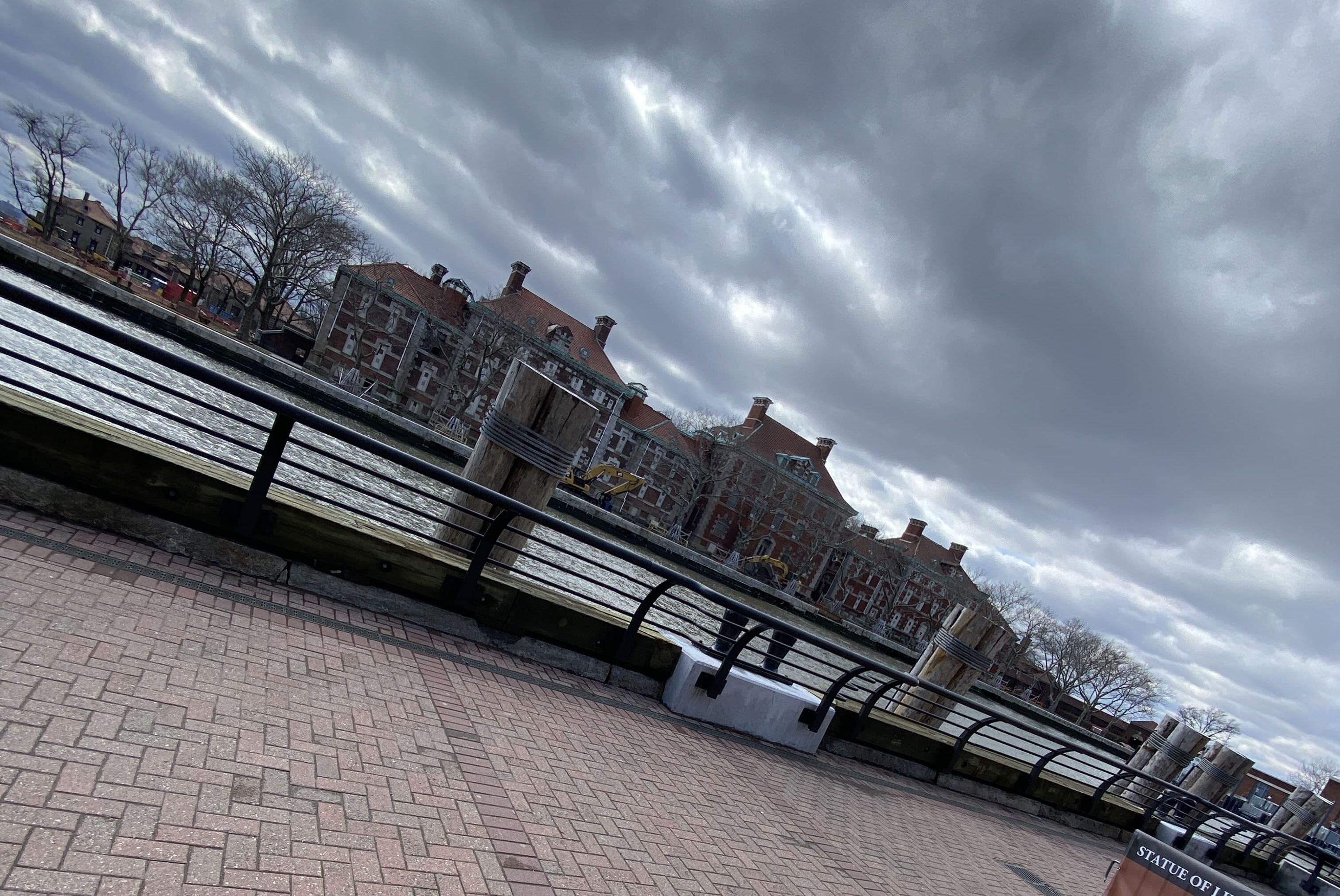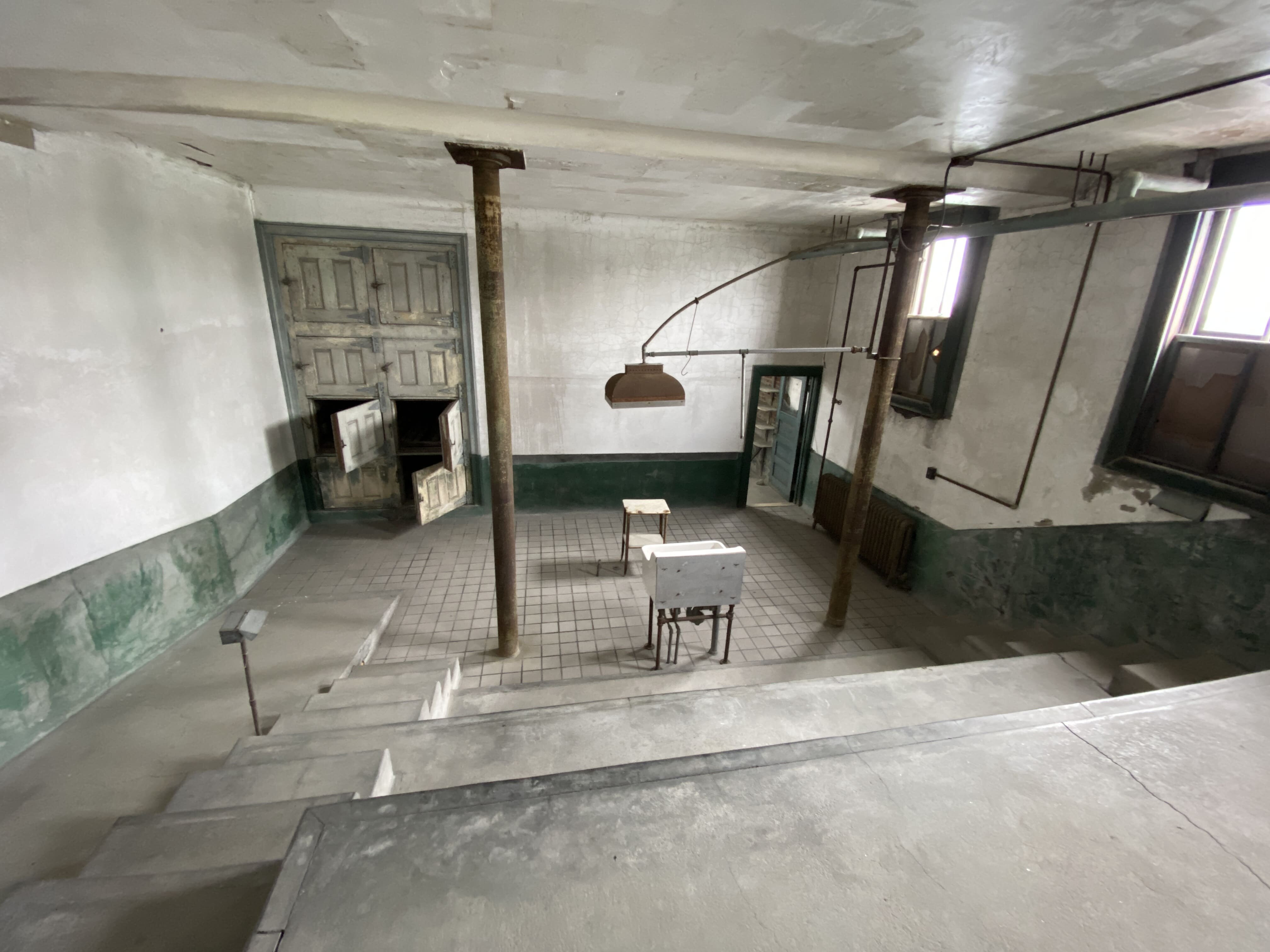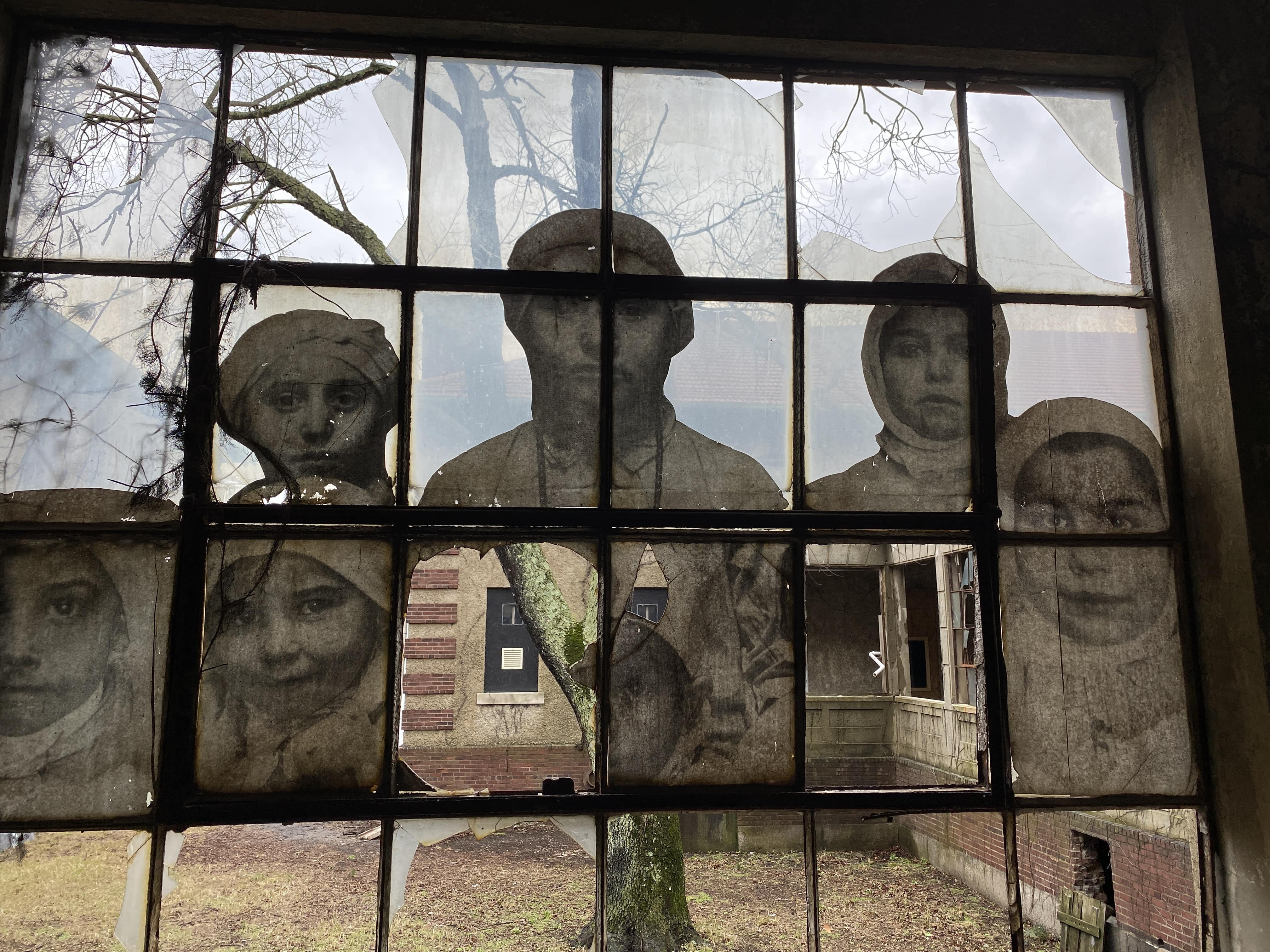New York is one of the top destinations for anyone who is looking to book a city break, with a huge range of attractions that are famous across the globe.
The likes of the Empire State Building, Statue of Liberty and 9/11 Memorial welcome millions of visitors every year, whilst there are top-class dining options at every turn, first-rate shopping for those who are seeking retail therapy and an almost endless list of accommodation to cater for all budgets.
Following a recent trip to the 'Big Apple', we take a look at an experience that may often be overlooked, but which is certainly worth considering for anyone eager to learn more about the history of New York through the years…
Ellis Island sits in New York Habour close to the mouth of the Hudson River, and is located a short distance from Liberty Island.
Split between New Jersey and New York, the island can be accessed by ferry from both Battery Park in Lower Manhattan and from Liberty State Park in New Jersey, and is included on voyages operated by Statue Cruises - with vessels visiting both islands as part of a round trip journey from the two mainland destinations.
Given the popularity of the Statue of Liberty, it means a huge number of people also find themselves visiting Ellis Island as a result - although the latter deserves to be seen as more than just an add-on to the main show across the water…
Originally given the name 'Kioshk' by native Americans, Ellis Island would have a number of uses through the years before the Federal Government acquired the site from the Ellis family - who had taken ownership in the 1700s.
After changes to the US immigration laws in the late 1800s, Ellis Island was selected to house a new immigration centre for people arriving in America, replacing a station at Castle Clinton which was deemed as being no longer fit for purpose.
On what is now regarded as the original Ellis Island, construction began on the centre that would ultimately be the arrival point for more than 12 million immigrants over the following 60 years, all of whom headed for New York looking to chase the American dream.
The first centre was destroyed by fire in 1897 before being replaced by the structure that exists to this day, and which houses the National Museum of Immigration, which can be accessed by anyone who has a ferry ticket to visit the islands.
Here, there is the chance to discover more about what life was like for those who arrived into the USA via Ellis Island but a more hands-on experience is also available which provides the chance to visit the buildings that sit on the opposite side of a small harbour - which were built on two new man-made 'islands' that gave Ellis a unique E shape.
Hard hat tours are operated by Save Ellis Island, a non-profit partner of the National Park Service which is working to try and restore the Ellis Island Hospital that sits on those two islands.
Running to around 90 minutes, the tour offered the opportunity to explore areas currently off limit to the general public and discover in fresh detail what it would have been link to be an immigrant coming into the USA via the Ellis Island centre.
For many of those who arrived in steerage, a trip to Ellis Island would have been a relatively short affair, with papers being examined and a quick check for any obvious health issues carried out before they began their new life.
However, a smaller number would who were found to have health issues - or who were deemed to be at risk of becoming a drain on the economy - would find themselves spending a longer period of time on the island in either the detention centre within the main building, or in the newly created hospital.
The hospital would be run across two buildings, the first of which was used as the main hospital building and which also contained the psychopathic ward as well as the laundry. Only the latter can now be accessed by visitors as a result of damage sustained in Hurricane Sandy, which left the majority of the building firmly off-limits.
It is possible to still tour the contagious disease hospital that was located on island three, the idea being that the small body of water between the main building and these structures - which was later filled in to create an outdoor recreation area - would help to prevent the transmission of these diseases.
As we strolled through the different treatment wards, explored the long-abandoned morgue and visited the staff house, our knowledgeable guide explained how the Ellis Island Hospital became one of the best in the world as doctors worked to discover more about a range of ailments and how best to treat them.
The cold weather during our visit was a reflection of what life would have been like for those present in the hospital, with windows routinely left often to 'let the bad air out' and 'let the good air in'.
A few years ago, such a comment would have sounded ridiculous, but it is perhaps a mark of how Ellis Island was ahead of its time in some respects that the very same advice proved to be key in the fight against COVID-19…
Amongst the stories we were told was the tragic case of Ormond McDermott, who arrived in New York from Australia in the early 1920s.
The record of McDermott’s stay on the island is one of only a handful that survives to this day, with most paperwork having been destroyed during World War II when the site was used by the military.
McDermott should have faced no issues on arrival in New York, but made the mistake of leaving his passport on the ship when he headed ashore. As a result, he would be taken to the Ellis Island detention centre where he developed scarlet fever, and after a short stay at the contagious disease hospital, he passed away.
His records would ultimately end up with the family after they demanded an investigation into how Ormond had lost his life, and a copy of those records would end up being returned.
Not only was the story of Ellis Island explored during the tour, it was also brought to life by a series of installations by the French street artist JR.
Located at random across the hospital, the installations would recreate images from through the years that ranged from immigrants leaving a boat to surgeons at work. Perhaps the most poignant was of a group of children all with heads covered to hide the fact that their hair had been removed one strand at a time in a bid to remove infections like lice.
Whether you’re a lover of history or not, the Ellis Island tour is a fascinating way in which to spend some time away from the busy New York streets and with the restoration work also being funded by donations - such as those made to enjoy a tour - you’ll also be helping to ensure that the stories continue to be told for generations to come.
Our trip to Ellis Island was booked with City Experiences using a New York City Pass - with standard admission usually from $24.50 per adult.
The extra tour on Ellis Island was booked direct at the Ellis Island Immigration Centre at a cost of $55 per person.




